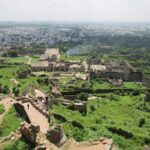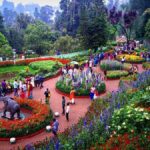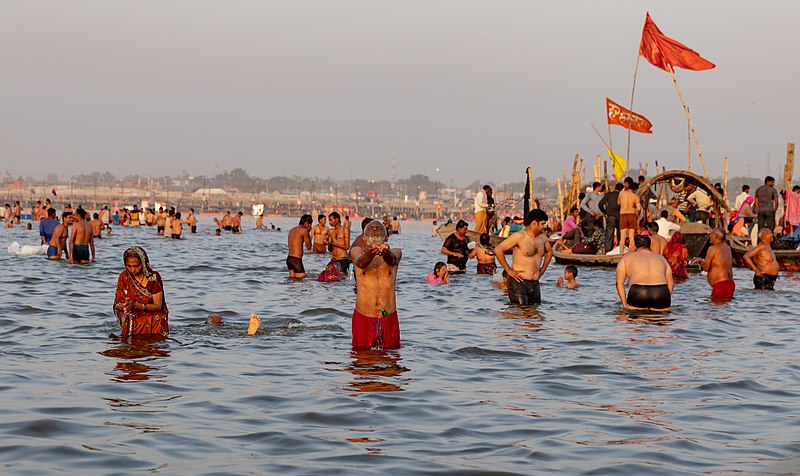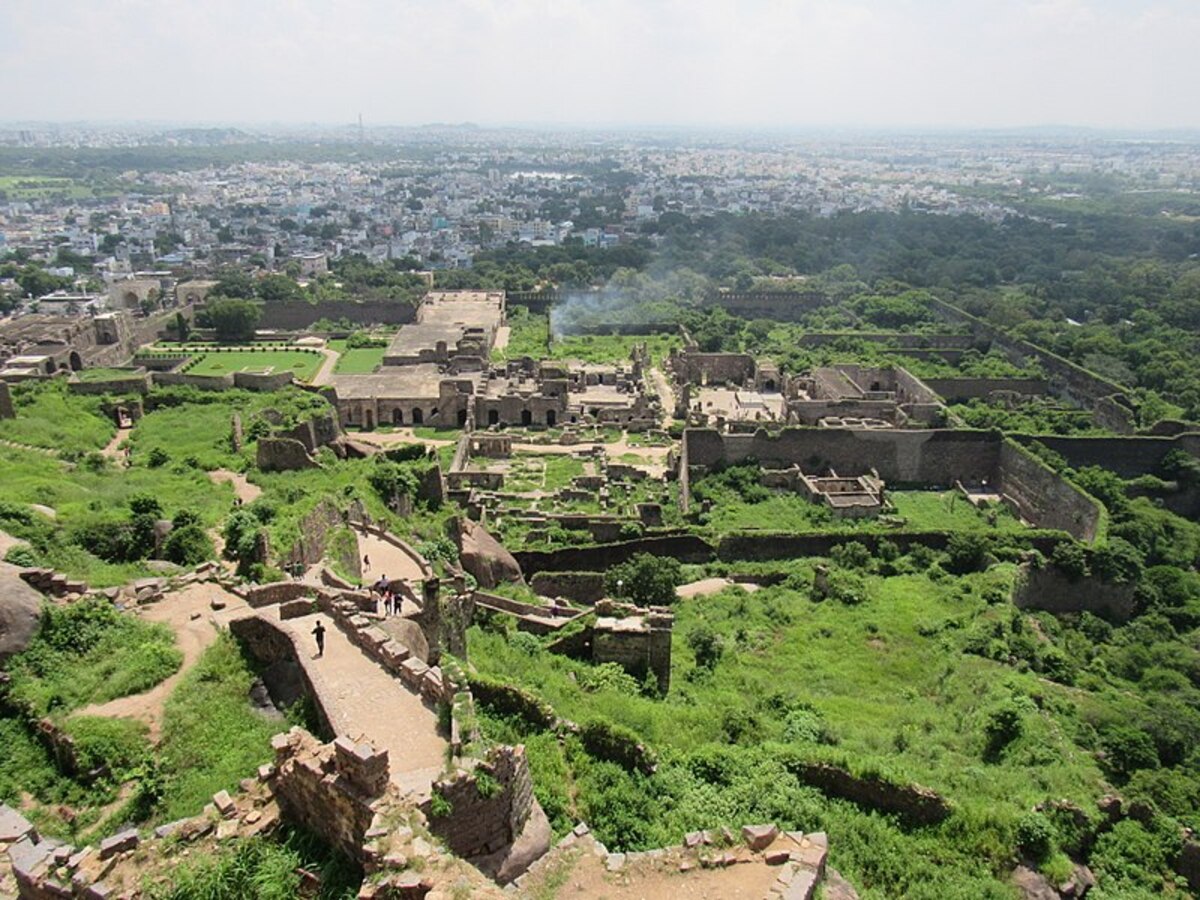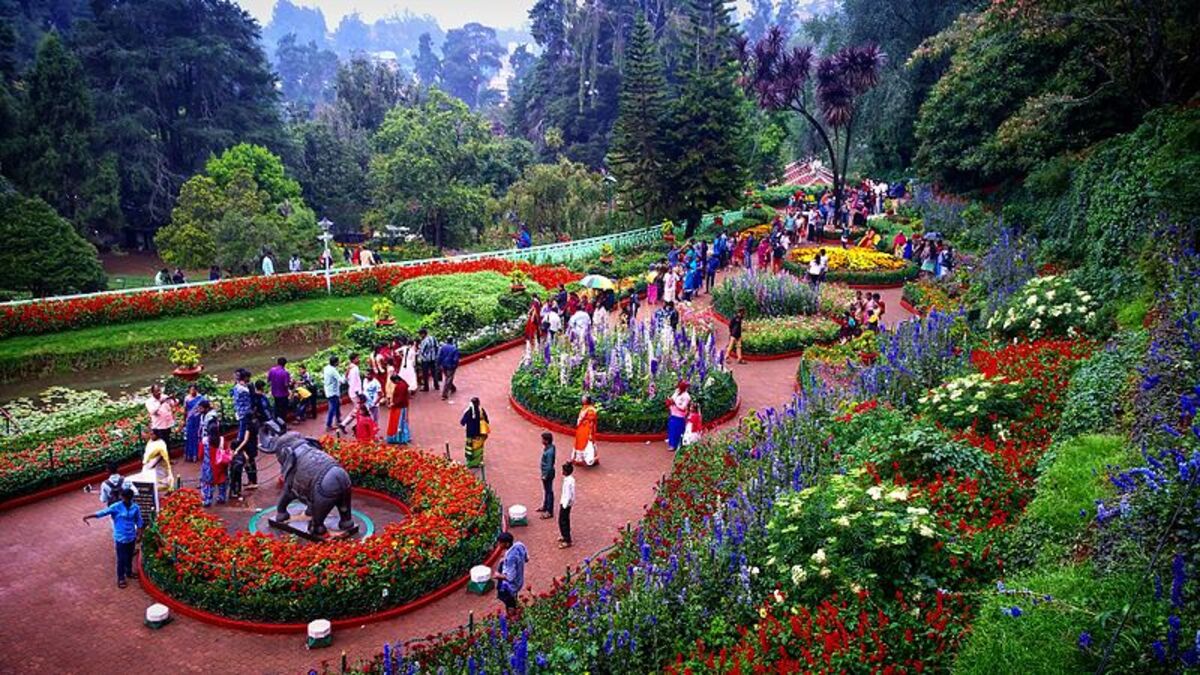The Kumbh Mela, a grand celebration deeply rooted in Hinduism, stands as one of the most significant religious gatherings in the world. Occurring cyclically every 12 years at four major river-bank pilgrimage sites – Prayagraj, Haridwar, Nashik, and Ujjain – the Kumbh Mela is a unique confluence of spirituality, history, and cultural richness. This article explores the origins, mythological significance, historical evolution, and the vibrant tapestry of the Kumbh Mela, offering insights into its attractions, how to reach, and the transformative experiences it offers to millions of pilgrims.
History and Origins:
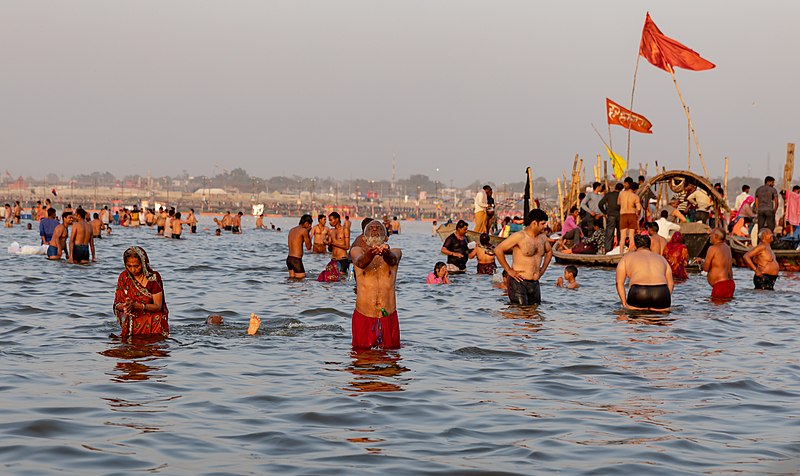
The roots of the Kumbh Mela delve into Hindu philosophy, attributed to the 8th-century Hindu philosopher Adi Shankara. However, historical evidence of mass pilgrimages named “Kumbha Mela” only emerged in the 19th century. Before that, annual Magha Melas, documented in historical manuscripts and inscriptions, laid the foundation for the modern Kumbh Mela.
Socio-political developments during the colonial era and a response to Orientalism led to rebranding and remobilization, particularly after the Indian Rebellion of 1857. The festival’s observance at four locations—Prayagraj, Haridwar, Nashik, and Ujjain—cycles every 12 years based on the Hindu luni-solar calendar.
Mythology and Spiritual Significance:
The term “Kumbh” translates to “pitcher” in Sanskrit, and its roots can be traced to Vedic texts, symbolizing a container for the nectar of immortality. The word “mela” means an assembly or union. Thus, Kumbh Mela signifies an assembly around the water or nectar of immortality.
Hindus believe in the festival’s mythological origins related to Samudra Manthana, the churning of the ocean. The legend speaks of a pot of amrita (nectar of immortality) created during the cosmic event, leading to a conflict between gods and demons. The spilling of this pot at four locations is said to be the genesis of the Kumbh Mela.
Evolution and Early References:
The earliest mention of Prayag and bathing pilgrimages is found in Rigveda Pariśiṣṭa, dating back to the ancient Rigveda. Buddhist canons also refer to bathing in Prayaga for atonement. While early Indian texts mention similar river-side festivals, the exact age of the Kumbh Mela remains uncertain.
The Kumbh Melas’ evolution is marked by the integration of pre-existing melas into the Kumbh tradition during the East India Company rule. The Haridwar Kumbh Mela is considered the original, with references to a 12-year cycle, while Nashik and Ujjain were referred to as Singhasth melas.
Akharas, Warrior Monks, and Rituals:
A distinctive feature of the Kumbh Mela is the presence of akharas—warrior ascetic bands or monastic militias. Thirteen active akharas, divided into Shaiva, Vaishnava, and Sikh traditions, play a central role in managing the melas, providing logistical support, and attracting pilgrims.
The akharas have historical roots in Hindu Naga monks and have been a part of the Kumbh Mela since the 18th century. Rituals, initiation ceremonies, and clashes between akharas mark the vibrant landscape of the Kumbh Mela.
Significance and Impact:
The Kumbh Mela serves as a religious, cultural, and commercial event. While historically a major commercial opportunity, the Kumbh Melas have also been initiation grounds for new recruits, venues for spiritual discussions, education, and a spectacle. During the colonial era, the British saw the pilgrimage as a revenue source through taxes.
The Kumbh Mela’s significance continued through the Indian independence movement, acting as a gathering point for politicians and playing a role in the formation of institutions like Banaras Hindu University. The mela has also been associated with the Hindutva movement and politics.
Rising Attendance and Scale:
Estimates of attendance vary, with historical sources reporting 2 to 2.5 million pilgrims in 1796 and 1808. Attendance dropped to 300,000 to 400,000 between 1892 and 1908. Post-independence, attendance surged, with 10 million pilgrims in 1998, 70 million in 2001, and 120 million in 2013.
Despite stampedes, scandals, and the ban during World War II, the Kumbh Mela’s popularity has risen steadily. The mela attracts people from diverse backgrounds, reflecting its cultural richness and spiritual significance.
Bathing Dates:
The most auspicious days for bathing in the holy waters of the Ganga-Yamuna convergence at Prayag are as follows:
- Pratham Snana: January 15, 2024
- Makar Sankranti: January 15, 2024
- Paush Purnima: January 24, 2024
- Mauni Amavasya: February 9, 2024
- Basant Panchami: February 14, 2024
- Maghi Poornima: February 24, 2024
- Antim Snana: March 8, 2024
- Maha Shivratri: March 8, 2024
How to Reach Prayagraj Kumbh Mela 2024:
Prayagraj is easily accessible through various modes of transportation. Prayagraj welcomes pilgrims and visitors with multiple convenient options.
By Air: Allahabad Airport (IXD)
The nearest airport to Prayagraj is the Allahabad Airport (IXD). It is well-connected to major metro cities in the country, including Delhi, Mumbai, Kolkata, and Bengaluru. Airlines like Air India and IndiGo operate regular flights to and from Allahabad Airport, ensuring a hassle-free journey for air travelers.
By Rail: Allahabad Chheoki Junction and Naini Junction
Prayagraj boasts two prominent railway stations: Allahabad Chheoki Junction and Naini Junction. Trains such as Shiv Ganga Express from Delhi, Mahanagri Express from Mumbai, Kolkata Rajdhani from Kolkata, and Sanghamitra Express from Bengaluru offer excellent rail connectivity to Prayagraj. The railway network ensures a comfortable and efficient journey for those choosing the train route.
By Water: Boat from Qila Ghat
For a unique and scenic approach, devotees can opt for a boat journey from Qila Ghat to the holy confluence point at Sangam. This serene boat ride provides a spiritual and picturesque experience, allowing pilgrims to connect with the sacred rivers in a distinct way.
By Road: Intercity Buses and Highways
State-run and private intercity buses serve as a convenient option for road travel to Prayagraj. The Civil Lines Bus Stand, closest to Triveni Sangam, is a major hub for bus services. Pilgrims driving independently can choose from multiple national highways, including the Agra-Lucknow Expressway from Delhi, NH 52 from Mumbai, NH 19 from Kolkata, or NH 44 from Bengaluru.
Kumbh Mela 2024:
Conclusion:
The Kumbh Mela stands as a testament to India’s rich cultural and religious heritage. From its mythological origins to its evolution, the mela continues to draw millions, transcending religious boundaries. While it serves as a spiritual journey for pilgrims, the Kumbh Mela also reflects the socio-political and economic fabric of India. With its vibrant rituals, diverse attendees, and the convergence of tradition and modernity, the Kumbh Mela remains an unparalleled experience—an embodiment of India’s spiritual and cultural tapestry.



